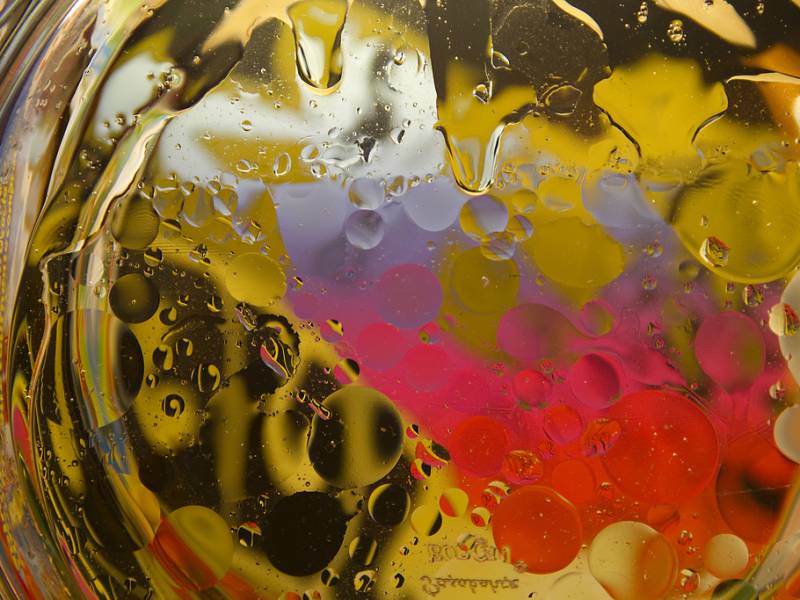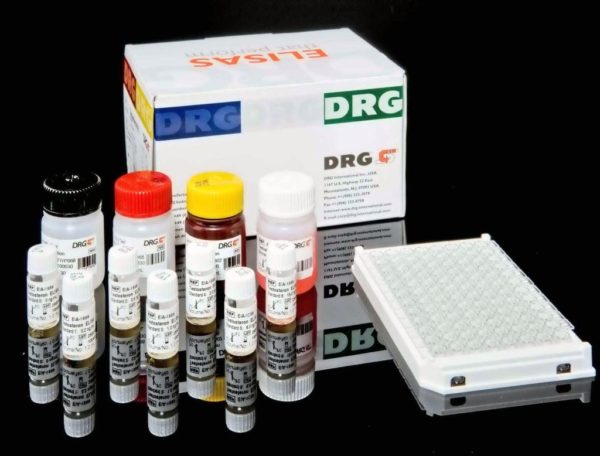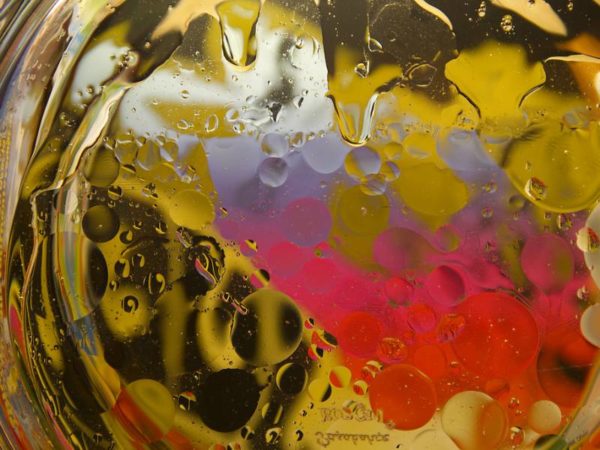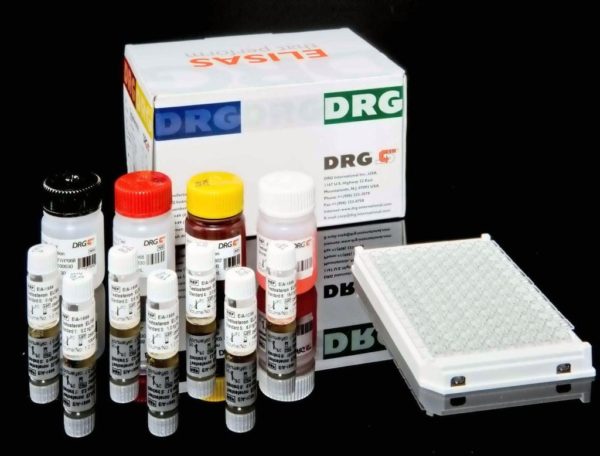Description
The One Step Barbiturates Screening Test is a rapid, qualitative immunoassay for the detection of Barbiturate compounds in urine. This assay is calibrated to react with Secobarbital at a cutoff concentration of 200 ng/mL. Other Barbiturates also react (see the ÒCross-Reacting SubstancesÓ section of this test instruction sheet.) This assay is intended for professional use. This test provides only a preliminary test result. A more specific alternate testing method must be used in order to obtain a confirmed analytical result. Gas
chromatography/mass spectrometry (GC/MS) is the preferred confirmatory method. Other confirmation methods are available. Clinical consideration and professional judgment should be applied to any drug of abuse test result, certainly when preliminary positive results are observed.
Barbiturates form a large class of abused pharmaceuticals. These products are anxiolytic, sedative/hypnotic, anticonvulsant and anesthetic drugs. As CNS depressants, barbiturates exert effects on excitatory and inhibitory synaptic neurotransmission. Ultra short-acting barbiturates used for anesthesia, such as Pentobarbital, depress excitatory neuronal transmission to a greater extent than anti-convulsant barbiturates such as Phenobarbital. Barbiturates are rapidly and completely absorbed with nearly 100% bioavailability. Short-acting barbiturates are primarily excreted in urine as metabolites, while long-acting barbiturates are primarily excreted unchanged. Ratios of drugs to metabolites excreted vary, dependent upon duration of action. Urine based screening tests for drugs of abuse range from complex analytical procedures to simple immunoassay tests. The sensitivity and rapidity of the immunoassays have made them the most accepted method of preliminary screening for drugs of abuse in urine. This allows the laboratory to eliminate the large number of negative specimens and focus on the smaller number of initially positive samples.
The One Step Barbiturates Screening Test is a competitive immunoassay that is used to screen for the presence of Barbiturates in urine. It is a chromatographic absorbent device in which drugs or drug metabolites in a sample compete with drug / protein conjugate immobilized on a porous membrane for a limited number of antibody /dye conjugate binding sites. The test device employs a unique combination of monoclonal and polyclonal antibodies to selectively identify Barbiturates in urine with a high degree of confidence. In the procedure, urine is added to the test deviceÕs ÒSAMPLEÓ well with the aid of a plastic transfer pipette. The urine is absorbed into the device by capillary action, mixes with the antibody / dye conjugate, and flows across the pre-coated membrane. When sample Barbiturate levels are below 200 ng/mL (the detection sensitivity of the test), antibody / dye conjugate binds to the drug / protein conjugate immobilized in the Test Region (T) of the device. This produces a colored Test Band that, regardless of its intensity, indicates a negative result. When sample Barbiturate levels are at or above 200 ng/mL, the free drug in the sample binds to the antibody/dye conjugate, preventing the antibody / dye conjugate from binding to the drug / protein conjugate immobilized in the Test Region (T) of the device. This prevents the development of a distinct colored band, indicating a potentially positive sample. In either case, a colored Control Band is produced in the Control Region (C) by a non-specific antibody / dye conjugate reaction. This band serves as a built-in quality control device that demonstrates antibody recognition and reactivity as well as confirmation that the test result is valid.




